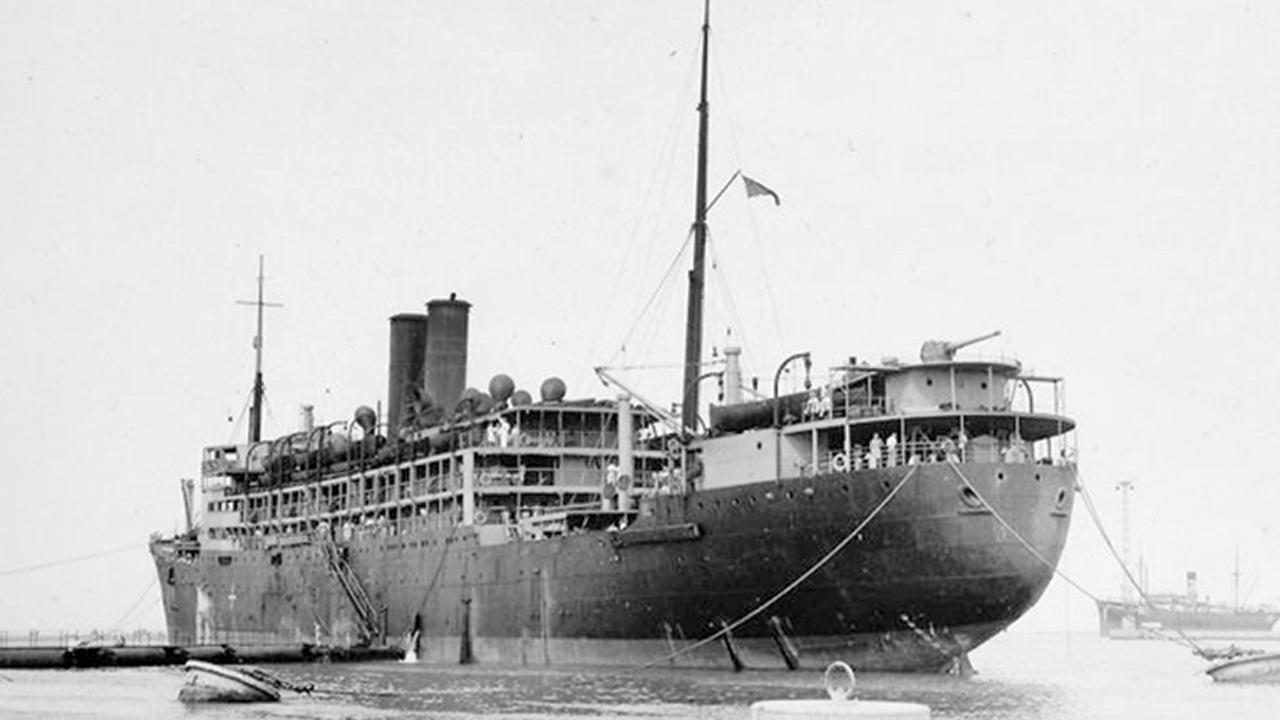Home / Sunday-mid-day / / Article /
Lost at sea: How an Indian-origin family is bringing SS Tilawa movement to light
Updated On: 07 January, 2024 06:40 AM IST | Mumbai | Gautam S Mengle
Efforts by one Indian-origin family are bringing a massive maritime tragedy from 1942—tied to Mumbai’s own history—to light. Stories of a hundred other tragedies are yet to be told

The SS Tilawa, which sank after being torpedoed by a Japanese submarine in November 1942, represents one of the many chapters of India’s maritime history that are lost in time. Pics Courtesy/sstilawa.com
Present-day Ballard Pier is a bustling south Mumbai hub, home to hotels, restaurants, office and government buildings; its lanes lined with street food thelas of all sorts—putting the finishing touches to a quintessential Bambaiya image. The Pier of yore was as bustling, a crucial part of the city’s rich maritime history. But sadly, this is also the location of a forgotten story that has left no visible traces.
It was at this pier that a British steamer, carrying more than 650 exhausted passengers, dropped anchor over 80 years ago. Some of these passengers sustained injuries, but all of them were just grateful to be alive.




